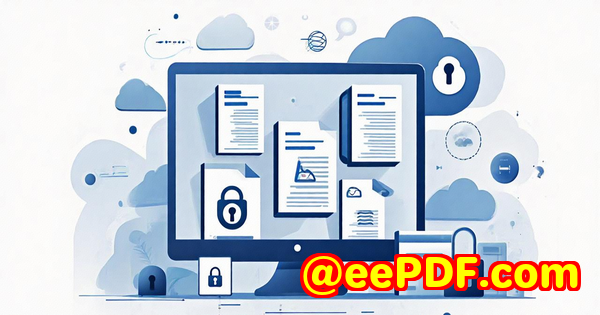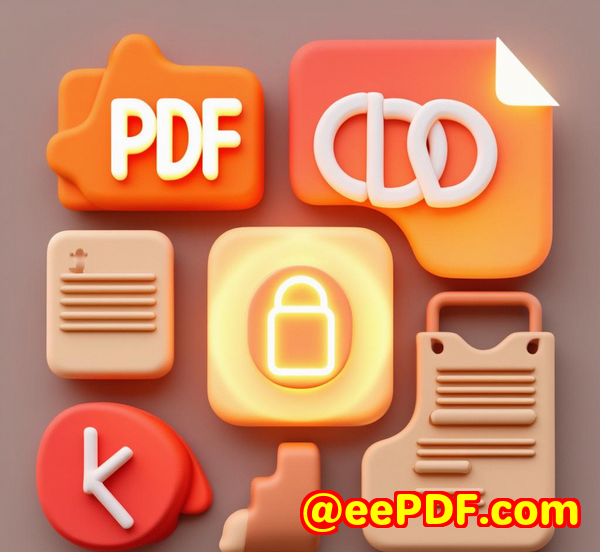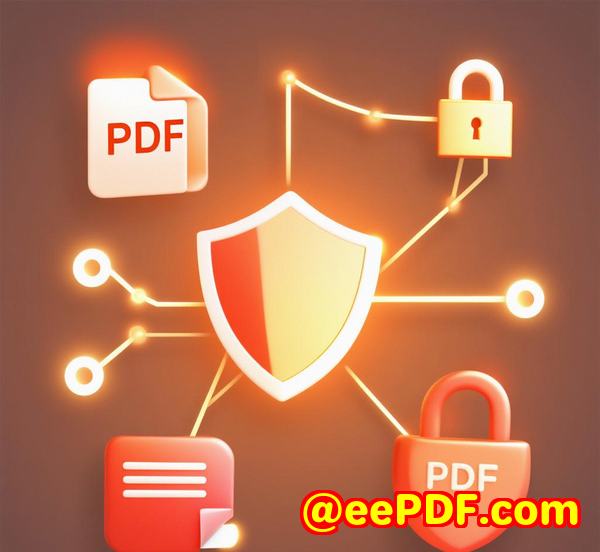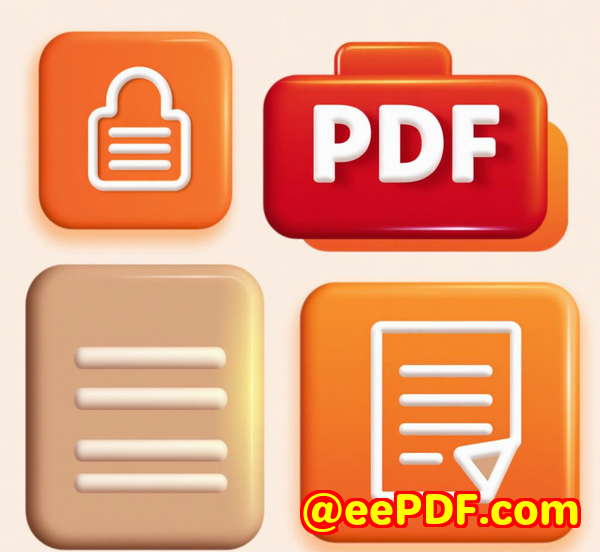Protect Your Corporate Documents and Reports from Unauthorized Access with VeryPDF DRM Protector
Protect Your Corporate Documents and Reports from Unauthorized Access with VeryPDF DRM Protector
Every day, businesses handle confidential documents that could cause major issues if they fall into the wrong hands. Whether it's an important financial report, a client contract, or sensitive internal memos, the risk of data leaks and unauthorized access is always looming. This was my reality for years until I found a way to safeguard my company's valuable documents. Enter VeryPDF DRM Protector, a robust solution that changed the way I protect and distribute sensitive information.
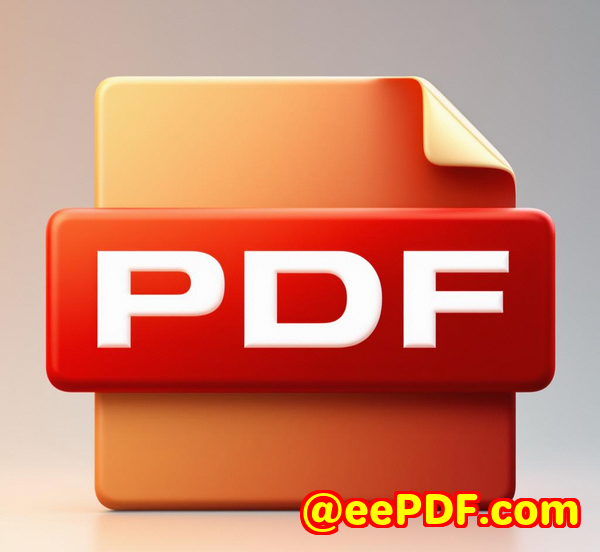
When you're dealing with proprietary content, you need more than just a password or a generic PDF lock. You need something that offers complete control over distribution and usage. That's where VeryPDF DRM Protector steps in. It's a comprehensive Digital Rights Management (DRM) tool that lets you restrict, monitor, and revoke access to your documents, all while ensuring they remain in safe hands.
The Struggle with Document Security
I used to be constantly worried about how our company's internal reports and sensitive documents were being shared. The old "password protect and hope for the best" approach wasn't cutting it. Sure, you can lock a PDF with a password, but there's always a loophole. Someone could still screenshot the document, share it with a colleague, or print it out and distribute it manually.
And let's not even get started on the complexity of tracking who accessed which documents and when. Keeping an eye on every file and ensuring it hasn't been tampered with or leaked can be a full-time job in itself.
Why I Switched to VeryPDF DRM Protector
Then I stumbled upon VeryPDF DRM Protector. The first thing that grabbed my attention was how easy it was to get set up. I didn't need a degree in cybersecurity to understand it. The software provides a comprehensive suite of security features that helped me stay in control of how my documents were accessed and used.
Here's a breakdown of some of the key features that really stood out to me:
1. Prevent Unauthorized Distribution
You can finally stop the unauthorized sharing of your sensitive documents. Whether it's printing, copying, downloading, or forwarding, VeryPDF DRM Protector ensures that your documents stay within the bounds you set. This feature was a game-changer for us. Before this, we had no control over how documents were shared beyond their initial recipients. Now, I can rest easy knowing that once I lock down a document, it stays locked.
2. Restrict and Revoke Access
One of the standout features of VeryPDF DRM Protector is the ability to restrict and revoke access to documents at any time. I can decide who has access to what, and for how long. If I no longer want a user to access a file, I can simply revoke their access instantly. This is incredibly useful in scenarios where documents need to be accessible for a limited time, like marketing materials or product specifications that are time-sensitive.
3. Automatic Watermarking
This one's a personal favourite of mine. VeryPDF DRM Protector allows you to automatically watermark documents with unique identifiers like the recipient's email address or company name. This means that even if a document is leaked, you can trace it back to the individual who received it. It's a subtle yet powerful deterrent against leaks and unauthorized sharing.
4. Track Document Activity
Another impressive feature is the comprehensive analytics it provides. I can track exactly who has viewed my documents, for how long, and whether they've been printed or downloaded. This gives me a level of insight I never had before and helps me identify potential security breaches before they become a problem.
5. Time-Limited Access
Sometimes you need to ensure that access to documents doesn't last forever. With VeryPDF DRM Protector, you can set expiry dates on documents, so they automatically expire after a specific number of views, days, or prints. This is especially helpful for sharing time-sensitive documents that should not be accessible indefinitely.
Real-Life Use Cases for DRM Protection
Now, you might be wonderingwho exactly benefits from a tool like this? Well, the answer is anyone who handles sensitive documents. Here are some common use cases for VeryPDF DRM Protector:
For Legal Teams
Legal documents, such as contracts and legal agreements, are often highly confidential. Legal teams can use VeryPDF DRM Protector to ensure that these documents are only accessible by the intended recipient, and to prevent printing, copying, or editing.
For Publishing & Content Creators
For publishers, authors, and content creators, DRM protection is a must to safeguard intellectual property. If you're releasing a new book, report, or research paper, you can ensure it stays in the right hands, controlling who views and shares your content.
For Financial Institutions
Financial reports and audits are loaded with sensitive data. VeryPDF DRM Protector helps financial teams keep those documents secure, preventing any accidental or intentional leaks. The tracking features are invaluable for knowing exactly who has accessed critical documents.
For Human Resources
HR departments are often tasked with handling highly confidential employee records, such as performance evaluations, payroll information, and medical records. DRM protection ensures that these files remain confidential, with access restricted only to authorized personnel.
For Healthcare Providers
Medical records and reports are highly sensitive. With VeryPDF DRM Protector, healthcare organisations can ensure that only the relevant individuals have access to medical information, while also tracking any access or potential breaches.
Core Advantages of Using VeryPDF DRM Protector
Having used it extensively, here are some of the core advantages I found with VeryPDF DRM Protector:
-
Ease of Use: The software's interface is user-friendly and intuitive. You don't need to be a tech expert to set it up and start protecting your documents.
-
Comprehensive Protection: It offers a complete suite of featuresfrom preventing copying and editing to tracking user activity and controlling access based on location or IP address.
-
Cloud-Based Solution: With VeryPDF DRM Protector, all your documents are securely hosted, and your access controls are fully managed through the cloud. No more worrying about backing up sensitive files on your local servers.
-
Encryption & Security: The software uses 256-bit AES encryption, which is the same level used by government agencies. Your files are as secure as they can be.
-
Customizable Permissions: Whether you want to prevent printing or restrict access to specific devices, VeryPDF DRM Protector gives you the flexibility to tailor security measures to your exact needs.
Conclusion
If you're tired of worrying about document leaks and unauthorized access, I'd highly recommend giving VeryPDF DRM Protector a try. It's a simple yet powerful tool that guarantees your documents are protected from the moment you share them, to the moment they expire.
For anyone who handles confidential documents, VeryPDF DRM Protector is an absolute must. It has saved me countless headaches and provided the peace of mind I didn't know I needed.
Click here to try it out for yourself and start safeguarding your documents today.
Custom Development Services by VeryPDF
In addition to their DRM solution, VeryPDF also offers comprehensive custom development services. If you have specific technical needs, whether it's document security or PDF processing, VeryPDF can develop tailored solutions based on a variety of technologies, including Python, PHP, C/C++, and more.
VeryPDF specialises in creating secure systems for managing, processing, and distributing documents, with a strong focus on compliance and data protection. Whether you're looking for a custom DRM solution or need a secure file converter, VeryPDF can deliver exactly what you need.
Contact VeryPDF for bespoke development services, or visit their support centre to discuss your project.
FAQ
1. Can I track who viewed my document with VeryPDF DRM Protector?
Yes! The software allows you to track user activity, including who viewed the document, when, for how long, and whether they printed or downloaded it.
2. How does DRM Protector help prevent screenshots?
The VeryPDF Screen Shield feature reduces the viewable area of your document to discourage screenshots, making it more difficult for users to capture content on their screen.
3. Can I set expiration dates for my documents?
Yes! You can set your documents to expire automatically after a specific number of views, prints, days, or on a fixed date.
4. Can I revoke access to documents after they've been shared?
Absolutely. You can revoke access to any document at any time, even if it has already been distributed.
5. Is VeryPDF DRM Protector compliant with industry standards?
Yes. It's compliant with ISO 27001 and hosted on Amazon Web Services, ensuring robust security and privacy.
Tags or Keywords
-
DRM for PDFs
-
Secure document sharing
-
Prevent document leaks
-
Protect intellectual property
-
Digital rights management
